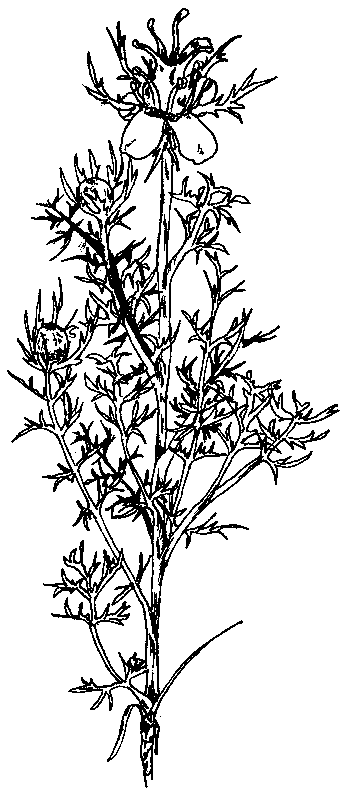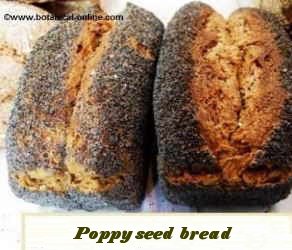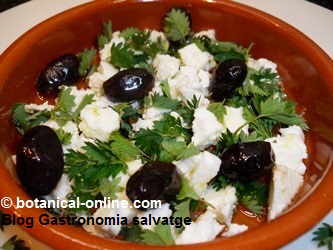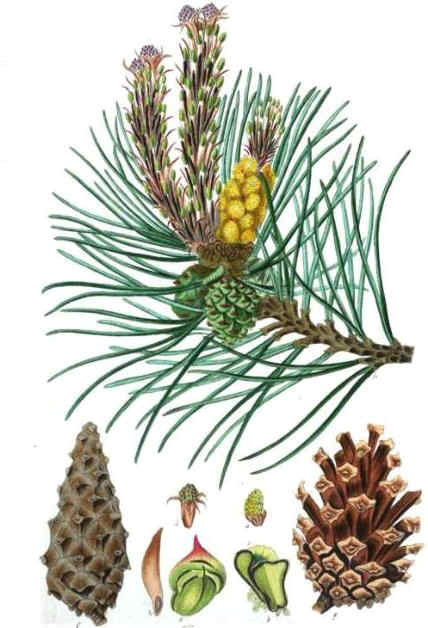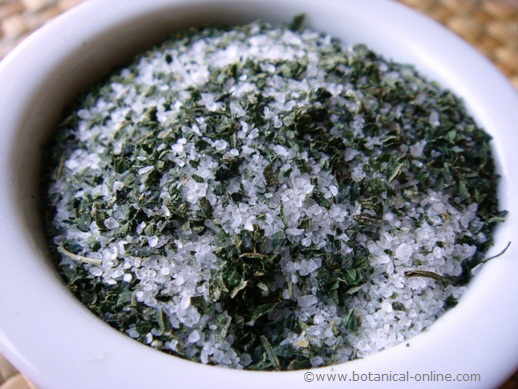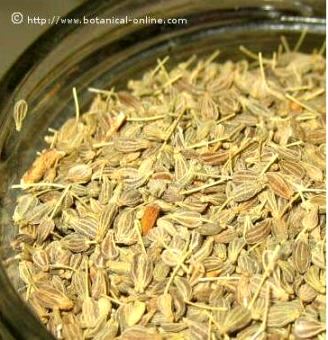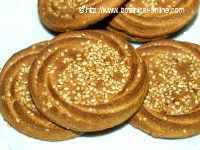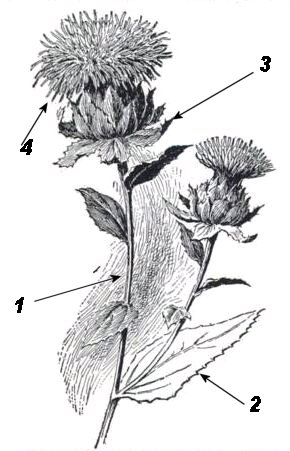Contents
What is kombu seaweed?
Characteristics of the kombu seaweed (Saccharina japonica L.)
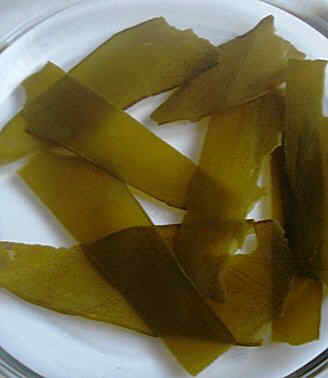
Common name: Kombu seaweed
Scientific name: Saccharina japonica L .
It owes its scientific name (Saccharina) to the sweet taste of the glutamic acid it contains and its sugars fructose and mannitol (polyol). It comes from Japan (japonica).
Habitat: It grows wild in deep, cold waters. Its cultivation is known in Spain, France, China, Japan, Russia and Korea.
Description of kombu seaweed
It is an alga belonging to the same family as Kelp algae.
It has a yellow-brown pigmentation. It is the longest alga spices in the sea. It can measure up to 450 meters at great depths. It is a fleshy seaweed with an intense flavor.
It contains alginic acid and glutamic acid (monosodium glutamate is a derivative of the latter). These components are associated with the property of softening the fibers of the foods with which they are cooked and shortening the cooking time (eg legumes).
Kombu seaweed composition
Kombu seaweed stands out from other seaweeds due to its content of sugars, alginic acid, glutamic acid and its content of potassium, calcium and iodine.
| Composition of dried kombu seaweed, per 100g of edible portion | |
|---|---|
| Nutrient | Quantity |
| Carbohydrates (g) | 53,9 |
| Proteins (g) | 7,3 |
| Fats (g) | 1,1 |
| Fiber (g) | 30 |
| Iron (mg) | 15 |
| Calcium (mg) | 800 |
| Iodine (µg) | 300 |
| Phosphorus (mg) | 150 |
| Potassium (mg) | 5800 |
| Sodium (mg) | 2500 |
| Vitamin A (mg) | 430 |
| Vitamin B1 o thiamine (mg) | 0,08 |
| Vitamin B2 o riboflavin (mg) | 0,32 |
| Vitamin B3 o niacin (mg) | 1,8 |
| Vitamin C (mg) | 11 |
*Caption: ![]() = High content of this nutrient.
= High content of this nutrient.
* In general, all algae are very rich in minerals. In small amounts they provide many minerals, so it is not necessary to eat them in large quantities to obtain their nutrients. Iron of animal origin is better assimilated than iron of vegetable origin.
Uses for kombu seaweed
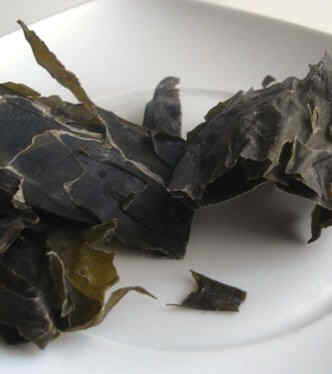
The main difference between seaweeds and terrestrial vegetables is that seaweeds are much more concentrated in minerals and fibers. In small amounts they provide many minerals, so it is not necessary to eat them in large quantities to obtain their nutrients.
Preparation of kombu seaweed
- Chop with scissors, boil or cook with other foods or in soups, for at least 20 minutes.
- Kombu seaweed is used like wakame seaweed, in soups, stews, broths, to cook legumes and vegetable proteins (tofu, tempeh, seitan), fried and as a condiment, toast.
- It is also one of the seaweeds used in miso soup.
![]() More information on seaweeds
More information on seaweeds

